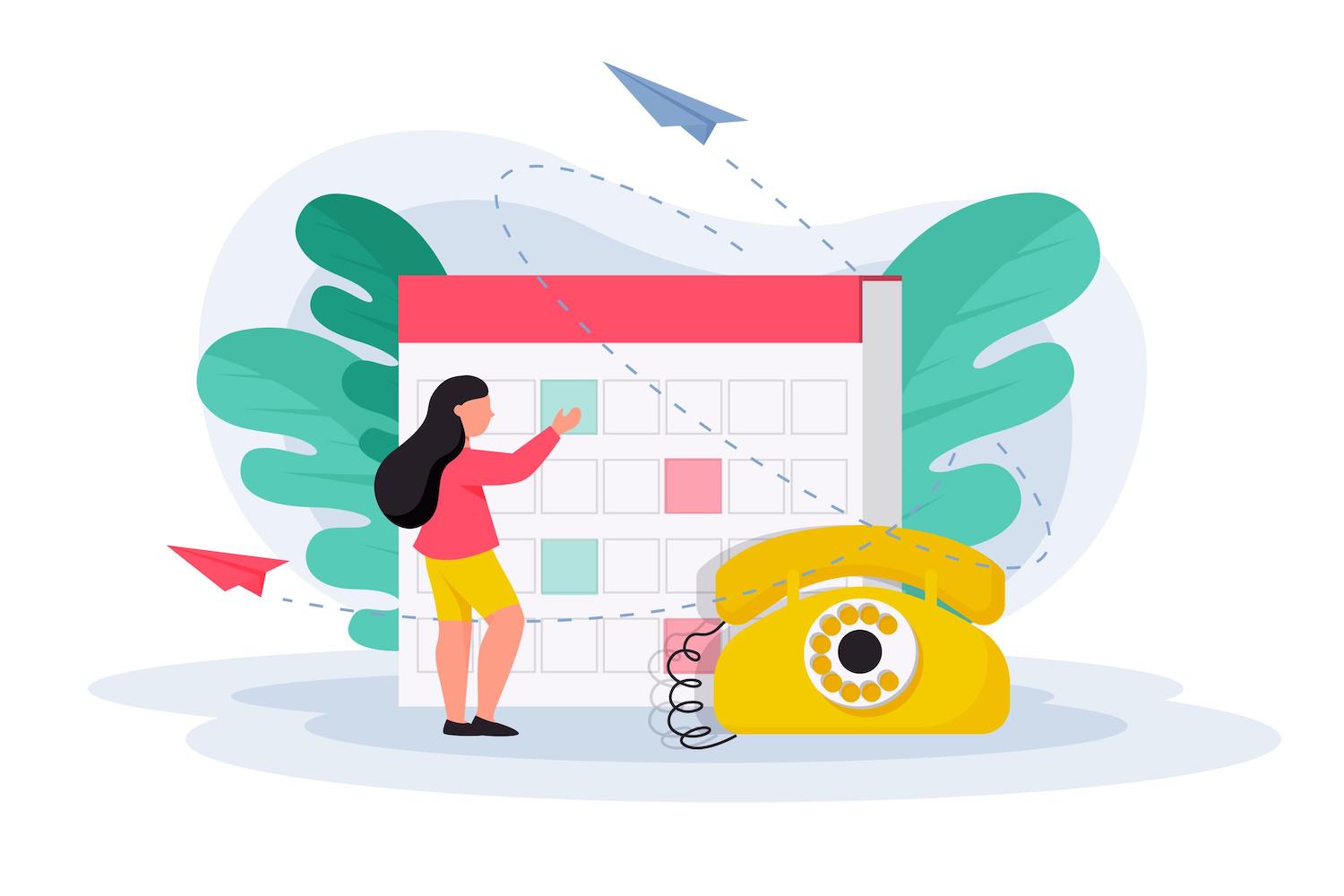Shopify vs. Magento: Who Wins for eCommerce?

When it comes to selecting the right eCommerce platform, business owners often find themselves weighing the merits of Shopify vs Magento.
Both platforms are industry leaders, each boasting robust features tailored to different needs. However, choosing the best fit for your online store hinges on understanding their unique strengths, limitations, and suitability for specific business goals.
In this guide:
What Is Shopify?
What Is Magento eCommerce?
Shopify Plus vs. Magento
Which Platform Costs More?
Open Source vs. Hosted Solution
Migration From Magento to Shopify
Is Magento or Shopify Better for Your Business?
Final Verdict
What Is Shopify and How Does It Work?
Shopify is a cloud-based eCommerce platform known for its user-friendly interface and all-in-one solutions.
Designed for entrepreneurs with varying levels of technical expertise, Shopify streamlines the process of setting up and managing an online store.
Pros and Cons for Choosing Shopify
Pros:
- Quick setup and minimal learning curve
- Reliable hosting and security
- 24/7 customer support
Cons:
- Limited design flexibility compared to open-source platforms
- Monthly subscription costs can add up
What Is Magento eCommerce, and How Does It Work?
Magento is an open-source platform celebrated for its customization capabilities and scalability. It’s ideal for businesses seeking complete control over their online store’s design and functionality.
While Magento is powerful, security can be a challenge. Issues like those highlighted in this analysis of Magecart attacks show the importance of staying vigilant.
Pros and Cons for Choosing Magento
Pros:
- Extensive customization options
- Suitable for enterprise-level businesses
- Strong community support and extensions
Cons:
- Requires technical expertise for setup and maintenance
- Higher costs due to hosting, development, and maintenance
Shopify Plus vs. Magento: Key Differences Explained
Shopify Plus is the enterprise version of Shopify, designed for large-scale businesses that need advanced features, higher customization, and the ability to handle massive sales volumes.
For enterprise-level eCommerce, Shopify Plus and Magento stand out with unique advantages.
| Feature | Shopify Plus | Magento |
| Scalability | Scales easily with no technical work needed | Perfect for custom, large operations |
| Cost | Fixed subscription fees | Costs vary based on hosting and changes |
| Best For | Fast-growing, high-volume stores | Custom solutions for unique needs |
Shopify Plus
- Designed for high-volume merchants, Shopify Plus offers enterprise-level features, such as advanced analytics and automation tools.
- Its managed hosting model ensures hassle-free scalability and security.
Magento
- Magento’s flexibility makes it ideal for businesses with complex, custom requirements.
- With the right technical team, Magento can support intricate product configurations and unique workflows.
Shopify vs. Magento: Which Platform Costs More?
Understanding the cost structures is crucial for making an informed choice.
| Cost Type | Shopify | Magento |
| Subscription Fees | From $39/month | Free, but hosting costs extra |
| Extra Costs | Apps and transaction fees | Development and maintenance |
| Overall Cost | Easy to predict | Can be unpredictable |
Shopify
- Subscription-based pricing starts at $39/month, with additional charges for premium apps and transaction fees (if not using Shopify Payments).
- Predictable costs make it easier to budget.
Magento
- While the software is free for the open-source version, expenses arise from hosting, development, and maintenance.
- Enterprise editions can cost thousands annually, but they offer unmatched customization.
Hidden costs like premium themes, plugins, and technical support should also be considered for both platforms.
Shopify vs. Magento: Open Source vs. Hosted Solution
A significant difference between Shopify and Magento lies in their hosting models.
| Feature | Shopify (Hosted) | Magento (Open Source) |
| Hosting | Shopify handles it for you | You manage your hosting |
| Updates and Security | Shopify takes care of everything | You are responsible |
| Customization | Limited changes allowed | Full flexibility |
| Maintenance | Low work needed | Needs technical expertise |
Shopify
- Fully hosted, meaning Shopify handles security, updates, and performance optimizations.
- Ideal for businesses seeking simplicity and minimal maintenance.
Magento
- Open-source, giving users full control over hosting and server configurations.
- Offers unparalleled flexibility but demands technical expertise to manage.
Security is a major factor to consider, especially for open-source platforms. A lack of protection can lead to costly consequences, as 60% of businesses impacted by cyberattacks fail within six months.
Choose a platform that aligns with your technical capabilities and risk tolerance.
Migration From Magento to Shopify: Is It the Right Move?
For businesses seeking a more user-friendly, scalable solution, transitioning from Magento to Shopify can unlock greater efficiency and growth.
Shopify’s fully hosted platform simplifies store management, allowing brands to focus on sales and customer engagement without worrying about technical upkeep.
When to Consider Switching to Shopify
- You’re struggling with Magento’s technical maintenance and need a more intuitive platform.
- Hosting and security management are becoming too costly or complex.
- You want to scale quickly without heavy developer involvement.
Steps for Migrating from Magento to Shopify
- Assess Your Data: Inventory, customer data, and order history should be evaluated and backed up.
- Choose a Migration Tool: Tools like Cart2Cart simplify data transfers.
- Design and Customize: Recreate your store’s look and feel on Shopify.
- Test Your Store: Verify that all data has migrated correctly and ensure functionality.
- Launch and Optimize: Go live and leverage Shopify’s analytics to optimize performance.
Need expert help? Contact us to manage your migration seamlessly!
Is Magento or Shopify Better for Your Business?
The right choice depends on your business’s size, goals, and technical resources.
- Shopify: Ideal for small to medium businesses seeking simplicity and fast setup. It’s also a strong contender for enterprises that prefer managed solutions.
- Magento: Suited for large-scale operations with complex requirements and access to technical expertise.
Final Verdict: Shopify Leads the Way
Shopify’s ease of use and strong support make it the top choice for most businesses. However, Magento’s unmatched flexibility is ideal for enterprises with specific needs.
Whichever you choose, ensure that your platform supports your growth and offers robust security.
Explore integration possibilities with Shopify or stay ahead of security challenges with proactive measures. Make your decision with confidence, knowing the right platform will set you up for long-term success.


